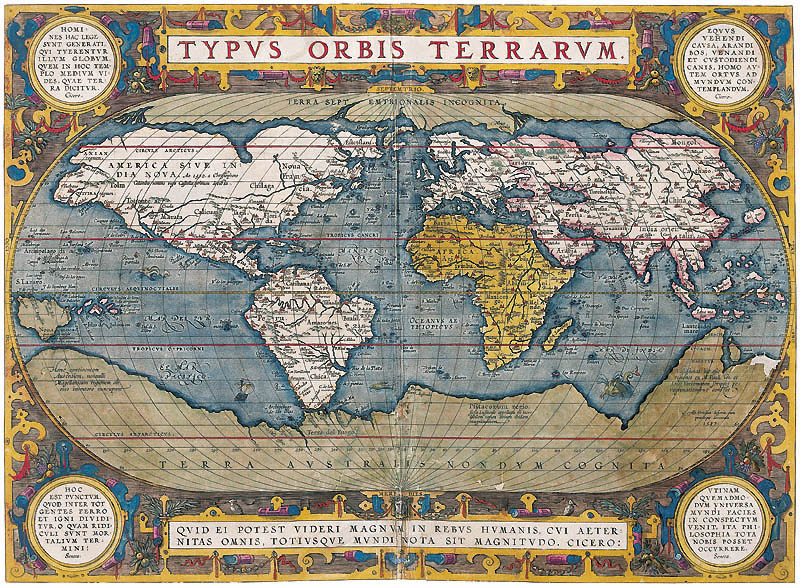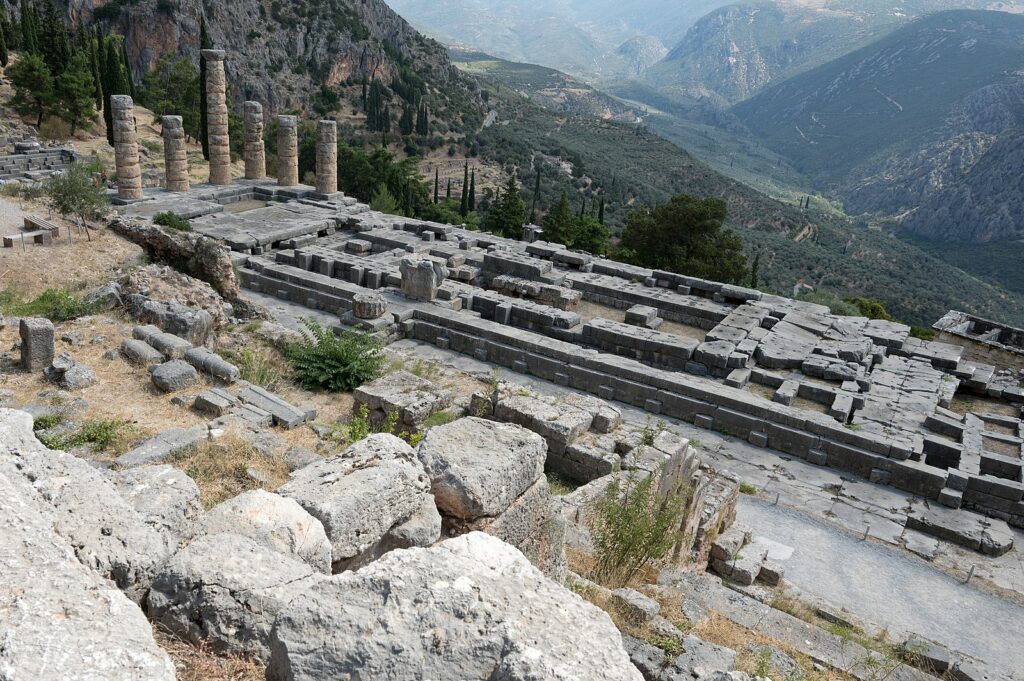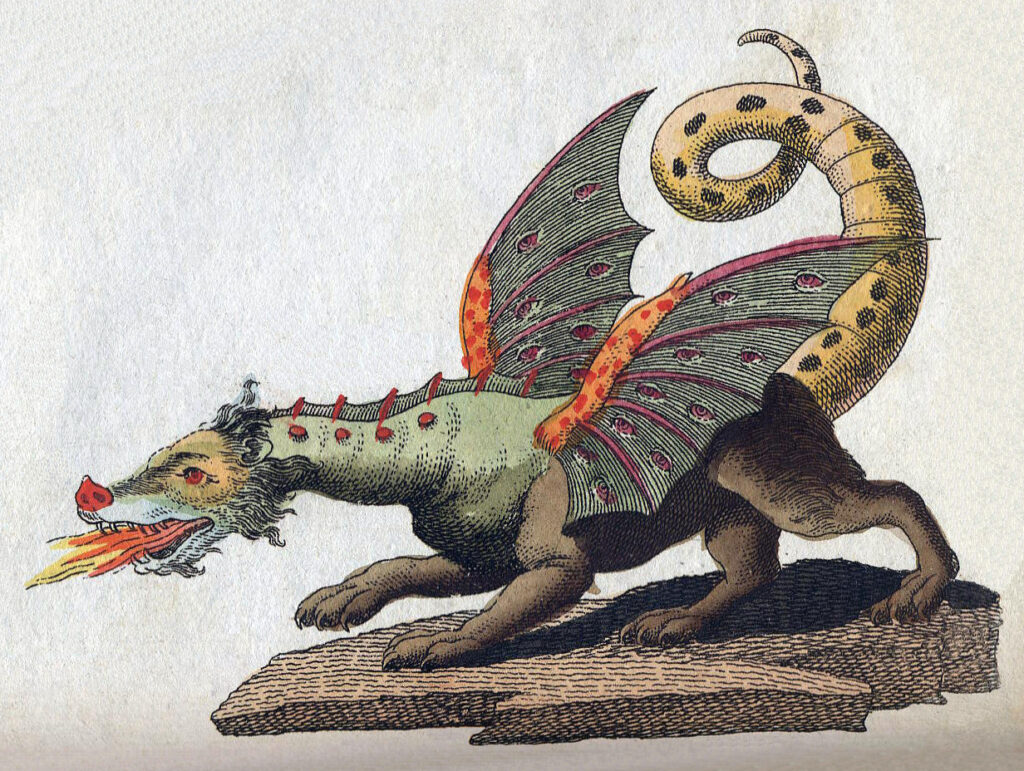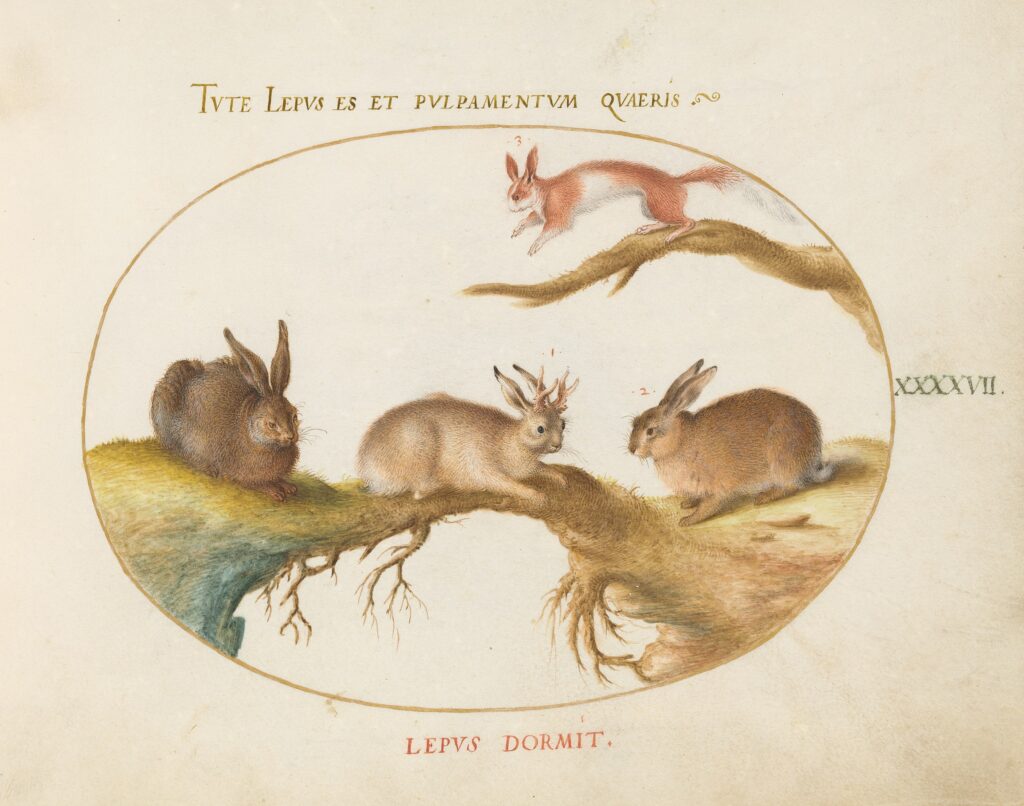Arya Stark traveled to discover what was west of Westeros when she should have tried looking for what was far north of the known world. Why? Because it’s supposed to be an idyllic place where suffering doesn’t exist.
Unfortunately, Hyperborea, or the place far north of the known world, is as real as Arya Stark and the world of Westeros. Hyperborea is part of Greek mythology and is said to be where the mythical Hyperboreans lived. The name means “beyond Boreas,” which honors Boreas, the god of the North Wind.
So, what is there to know about Hyperborea? We’ve got ten fantastic details about this mythological paradise.

1. Herodotus is Credited as the First Person to Mention Hyperborea
Herodotus was considered the world’s first historian. It was believed that he was born sometime in 484 BCE in Halicarnassus, Ionia, currently known as Bodrum, Turkey.
He wrote the first historical narrative of the ancient world, aptly called The Histories. It was also in that book that Herodotus mentions Hyperborea, the first written reference to the place.
In Book IV of Histories, between chapters 32 and 36, Herodotus talked about Hyperboreans based on research from earlier sources, including the great Greek poets Hesiod, Homer, and Aristeas. All three of them have mentioned Hyperboreans in their work.
2. Hyperborea May Have Been a Mythological Place, but Many Knew Where it Was ‘Located’
Where in the world was Hyperborea? Different writers have different pictures of where Hyperborea was, but they all believe in the same thing: It was somewhere north.
Over the years, after the lost work of Aristeas, Hesiod, and Homer about Hyperborea, many other writers wrote about this mystical place.
Homer, for example, said the Boreas originated in Thrace. This would mean that Hyperborea was in the north of Thrace in Dacia, modern-day Romania. Tragedian playwrights Sophocles and Aeschylus and other Greek poets, Simonides of Ceos and Callimachus, also had the same place in mind.
Greek historian and geographer Hecataeus of Miletus believed that Boreas lived in the Riphean Mountains adjacent to the Black Sea. Greek poet Pindar put the location near the Danube. Greek Philosopher Heraclides Ponticus suggested that Hyperboreans lived beyond the Alps. While famous Greek philosopher Aristotle said the place was further north of the borders of Scythia.
More writers have had their own interpretation of where Hyperborea was located. Based on various writings, the online learning platform Study.com placed Hyperborea somewhere in Central Europe, Britain, or Northern Russia.
3. Hyperborea is Said to be Impassable
Aside from the noted strong Hyperboreans, the place itself was said to be impassable.
People who intended to visit Hyperborea needed to pass through the Riphean Mountains. This was a mountain range believed to be the boundary between the known world and beyond. The mountains were supposed to be brutal to travel through because of the strong winds and heavy snow. Riphean Mountains roughly translate to “wind gust” in Ancient Greek.
Not only that, but there were cannibal tribes in surrounding valleys while the high mountain passes had scary griffins milling about. The river Oceanus was also hard to navigate, which served as a natural defense for Hyperboreans.
But if you successfully reached Hyperborea, you would enjoy endless spring and eternal light.
4. Hyperboreans Were Strong and Blessed
Hyperboreans were described as strong and happy people. Hyperborea is considered terra incognitae, or an unmapped place by the Greeks and Romans. A territory once attempted to conquer Hyperborea but backed out upon realizing that Hyperboreans were too strong and blessed.
5. Hyperboreans Lived at least 1,000 Years
Strength and happiness will make you live a long life. In Hyperborea, a long life could reach 1,000 years.
According to the myth, if some Hyperboreans didn’t wish to live that long, they only needed to deck themself with garlands and jump from their rocky mountains to the sea.
6. Hyperboreans Worshiped Apollo and Artemis
The mythical residents of Hyperborea worshipped the divine twins Apollo and Artemis. They would often find themselves in Delphi and Delos to worship the gods, who were often at odds with each other.
Apollo at Delphi
The temple of Apollo, sometimes referred to as Apollonion, is located at Delphi in Central Greece. It was built to honor the god of archery, music, arts, and healing. It was believed to be built in the 4th century BCE. It became a famous Greek religious and pilgrimage site in the 8th century BCE.

Hyperboreans venerated Apollo because once a year, the god, who is often referred to as the personification of the sun, would leave Hellas for Hyperborea. It would be dark in Hellas when Apollo was away.
Ancient Greek Pindar wrote about this visit in his First Pythian Ode: (translated)
“Yet neither ship nor marching feet may find the wondrous way to the gatherings of the Hyperborean people. Yet was it with these that Perseus the warrior chief once feasted, entering their homes, and chanced upon their sacrifices unto the god, those famous offerings of hecatombs of asses; for in their banquets and rich praise Apollon greatly delights, and laughs to see the rampant lewdness of those brutish beasts.”
Pindar, First Pythian Ode
Artemis at Delos
Hyperboreans also worshipped Artemis in Delos, the birthplace of the twin gods. Artemis is the goddess of hunting, wild animals, and children.
Artemis had a large retinue of attendants, including Hyperborean maidens. The goddess is said to be protective of her people. She once shot the giant Orion for forcing himself on one Hyberborean virgin, Oupis, who was one of Artemis’ attendants. Other written Hyperboreans that surround Artemis were Arge and Opis.
Legend has it that the Hyperborean maidens were once delivered to Delos as offerings, but they were often dead upon arrival. To prevent such a tragedy, the maidens were wrapped in wheat straw and were handed from one nation to another until they had reached their destination of Delos.
7. Scandinavians Believe They are Descendants of Hyperboreans
In the modern world, when academics describe Hyperboreans, Scandinavians find it familiar. They consider Scandinavia Hyperborean land because of the eternally sunny lands in the north. Sometimes, residents of the northern region are referred to as Hyperboreans.
Conclusion
Did Hyperborea exist? The perfection described in Hyperborea makes it easy to conclude that it is a figment of a person’s imagination passed down from one generation to the next. It has been immortalized through the writings of some of the most famous Greek poets, playwrights, and philosophers.
However, writers from the Common Era usually describe Hyperborea as similar to modern-day England, Scandinavia, and Siberia. Modern-day literature considers Hyperborea a utopic amalgamation of various European cultures.
Whatever the case, Hyperborea doesn’t exist today, but many would wish it did so that we could all live in perpetual happiness and blessedness.

